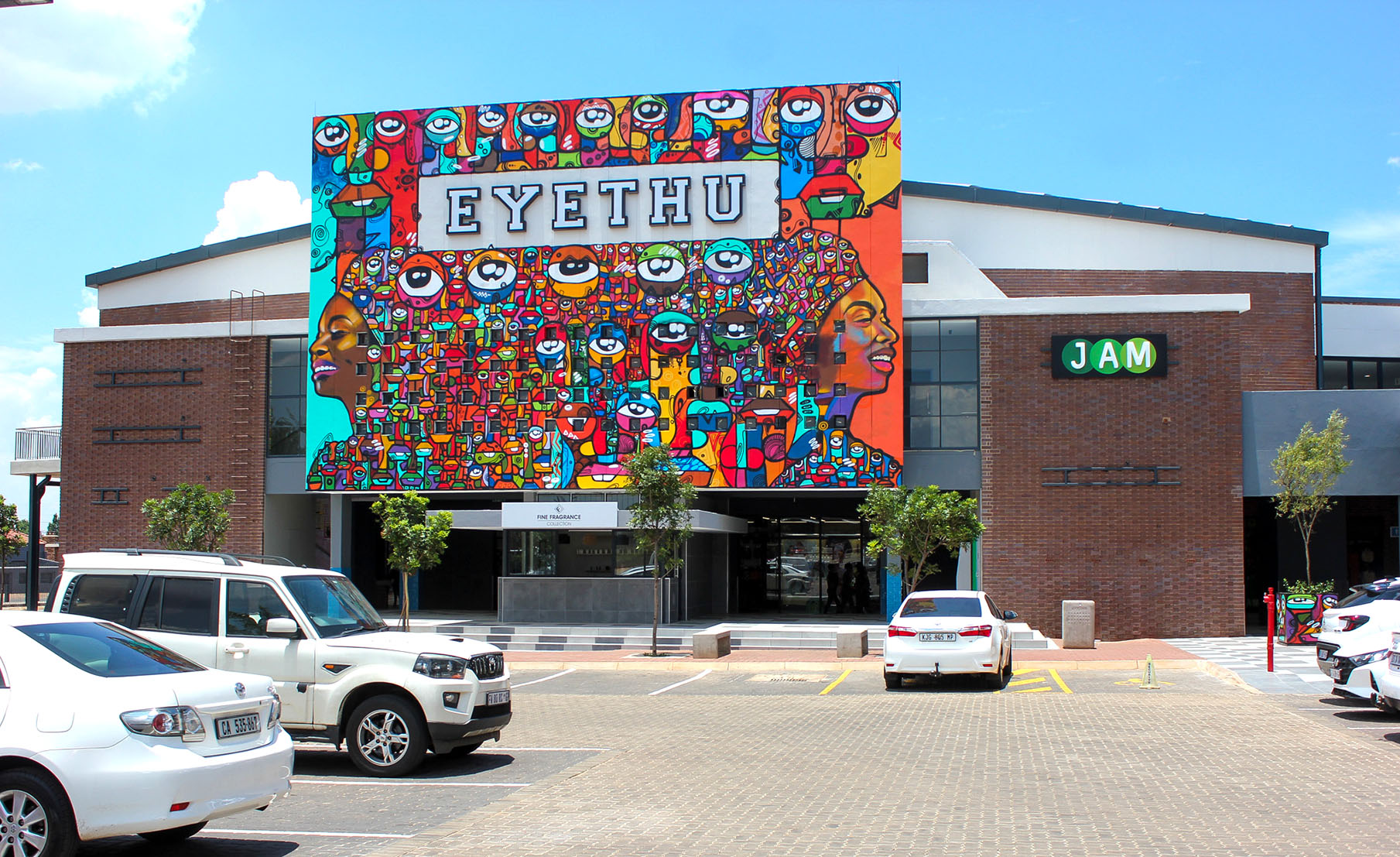In my Johannesburg North neighbourhood, there are four Woolworths food stores within a 7km radius. In that same radius, there are two Clicks pharmacy stores, two Pick n Pays and two Spars.
These retailers are mostly in strip malls, which allow ease of access as the stores are lined up in a row and offer the convenience of not going through a maze of parking. Some of the stores in the 7km radius are located in two big malls and getting to them requires the pain of going through floors of paid parking, with greater chances of forgetting where you left your car.
This glut of retail space is great for competition and consumers, who are spoilt for choice. However, I often wonder if these stores, so close to each other and in the same catchment area, are profitable.
I suspect that retail cannibalisation is happening, whereby stores belonging to the same retail company (and in close proximity) take money from each other instead of supporting overall sales growth. Arguably, it is hard for four Woolworths food stores to make money if they run the same promotions on the same items in the same neighbourhood.
This situation is likely to worsen, considering that property developers in South Africa are planning to build more shopping malls. Approximately 101 new shopping malls are in the pipeline for the next three years, with these malls either already under construction or in the early phases of being planned. This is according to MSCI Real Estate and Pooled Data Services, as reported by the Financial Mail.
When completed, the new malls will bring the number in SA to more than 2,400 and increase retail space by 1.7 million square metres to about 25 million square metres. Retail space of 25 million square metres is equivalent to 140 of Gauteng’s Fourways malls (each at 178,000m2), 141 of KZN’s Gateway malls (each at 176,400m2) or 177 of Western Cape’s Canal Walk shopping centres (each at 141,000m2).
The completion of the shopping malls will further entrench South Africa’s position as having the highest number of shopping malls in terms of retail space per capita, an indicator of the amount of retail space available per person within a specific geographic area.
In other words, there are too many malls in SA, the retail market is oversaturated, and competition is intense among retailers, which are demanding more retail space.
Property developers are responding to this demand by building new malls. After all, property developers need commitment from retailers first that they are willing to take up new retail space before a mall goes into the phases of planning, financing, zoning, local authority approvals, bricklaying and roof wetting.
Even during the Covid pandemic, shopping malls were being built. The report from MSCI Real Estate and Pooled Data Services indicates that 48 shopping malls were built between January 2020 and June 2023, a period mostly dominated by Covid lockdowns.
Retailers and developers saw the need to develop shopping malls even when the future of brick-and-mortar retail was uncertain and e-commerce dominated as more consumers shopped online while housebound.
The big question is: Why are property developers still obsessed with building new malls at a time when the economy and consumer spending are in the doldrums?
Property developers are catering to SA’s love affair with malls, which are still considered social and safe spaces, the latter of which are scarce. This is known as the experience economy, which involves being in a physical space and enjoying that space while spending money.
There are big changes in how property developers approach shopping mall developments. They are becoming more discerning about the area and type of malls they build.
Developers are targeting areas that have been traditionally undersupplied, like townships, rural areas and smaller towns. These areas include Thohoyandou in Limpopo, Vryheid in KwaZulu-Natal, Bloemfontein in the Free State and Vryburg in the North West.
There are still opportunities for formal retail space to be built in such areas, considering more than 70% of SA’s existing retail space is in large metropolitan areas. In rural and smaller towns, developers are also planning to build smaller malls, with convenience offerings, not mega malls (spanning more than 100,000m2) like the ones that have dominated in Gauteng, KwaZulu-Natal and the Western Cape.
Maybe rural and smaller towns will also end up having four Woolworths food stores in close proximity to one another. DM
This article is more than a year old
Business Maverick
After the Bell: What retail apocalypse? More shopping malls planned in SA
Approximately 101 new SA shopping malls are in the pipeline for the next three years, with some already under construction and others in the early planning phases.





